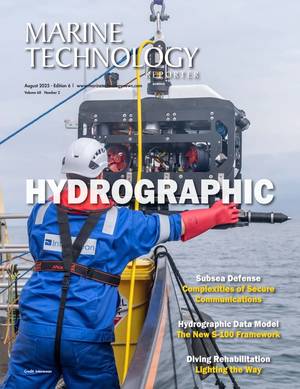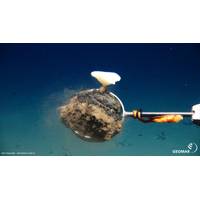
Third Phase of Deep-Sea Mining Impact Research Begins
on deep-sea mining,” says project coordinator Dr Matthias Haeckel, biogeochemist at GEOMAR.As in the first two phases, expeditions with the German research vessel Sonne are planned. Five years after the first industrial-scale test mining, scientists will return to the disturbed sites in the Clarion-Clipperton Zone in the Pacific. Further cruises with Dutch and Polish research vessels will target seafloor massive sulfide deposits along the Arctic Mid-Ocean Ridge.MiningImpact3 was formally launched in July at a side event during the 30th session of the International Seabed Authority (ISA) in
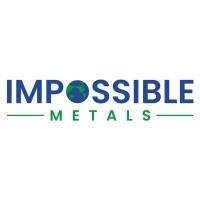
Bahrain Sponsors Impossible Metals Deep Sea Mining Permit Application
, becoming the first Middle Eastern country to throw its support behind the fledgling industry as part of an economic diversification push.Privately-held Impossible Metals last Friday filed a 170-page application with the Jamaica-based ISA for a permit to mine part of the Pacific Ocean known as the Clarion-Clipperton Zone that contains polymetallic nodules filled with manganese, copper, nickel and other building blocks of electric vehicles and electronics.Any country can allow mining in its territorial waters. The United Nations-backed ISA was authorized by a 1980s treaty to permit and regulate mining
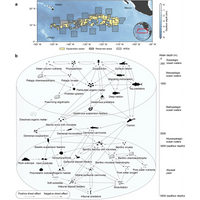
Seabed Mining: Defining Serious Harm
to protect deep sea ecosystems during mining operations.The project was commissioned by The Metals Company Australia (TMC) and brought together scientists from CSIRO, Griffith University, Museums Victoria, the University of the Sunshine Coast and Earth Sciences New Zealand.The research focused on the Clarion Clipperton Zone (CCZ) in the Pacific Ocean – a region being considered for potential mining of polymetallic nodules containing critical minerals such as cobalt and nickel.The scientists analyzed data from test mining activities that were carried out in the CCZ by TMC under approval by the
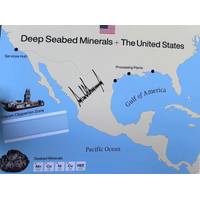
First Deep-Sea Mining Company Asks Trump for International Permit
U.S. waters.Vancouver-based The Metals Co asked the U.S. Department of Commerce's National Oceanic and Atmospheric Administration for a commercial recovery permit under the Deep Seabed Hard Mineral Resources Act of 1980 to operate in part of the Pacific Ocean between Hawaii and Mexico known as the Clarion-Clipperton Zone.The application was timed to coincide with a Tuesday hearing on deep-sea mining by a U.S. House of Representatives subcommittee at which Gerard Barron, CEO of The Metals Co, testified."America has an urgent need for critical minerals. It needs to secure these metals," said
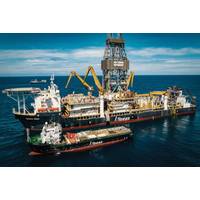
Trump Order Fast Tracks Subsea Mining
available under existing U.S. law, we look forward to delivering the world's first commercial nodule project, responsibly and economically," said Gerard Barron, CEO of the company, which aims to extract nodules from a vast plain of the Pacific Ocean between Hawaii and Mexico known as the Clarion-Clipperton Zone.Beyond The Metals Company, others eyeing deep-sea mining include California-based Impossible Metals, Russia's JSC Yuzhmorgeologiya, Blue Minerals Jamaica, China Minmetals, and Kiribati's Marawa Research and Exploration.U.S. access to critical minerals - especially those produced
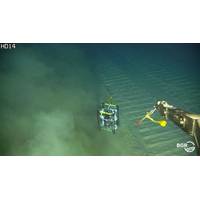
Deep-Sea Mining Test Caused Distant Sediment Change
Independent researchers from the MiningImpact project and the German Federal Institute for Geosciences and Natural Resources (BGR) monitored the test of an industrial pre-prototype nodule collector vehicle in the Clarion-Clipperton Zone in the eastern Pacific and found that the spread of the suspended sediment plumes could reach 4.5 kilometers (2.8 miles).The project is coordinated by the GEOMAR Helmholtz Centre for Ocean Research Kiel, has been investigating the potential environmental impacts of deep-sea mining since 2015. Previous analyses of decade-old disturbance traces in the Clarion-Clipperton
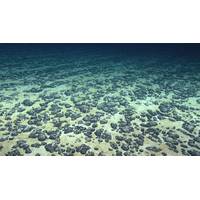
Deep-sea Mining: A New Gold Rush or Environmental Disaster?
In the depths of the Pacific Ocean between Mexico and Hawaii, trillions of potato-shaped rocks are scattered across the seabed - containing minerals such as nickel, cobalt and manganese vital for new green technologies in the global energy transition.In this ocean region - the Clarion-Clipperton Zone (CCZ) - an abundance of the rocks, known as polymetallic nodules, is increasingly fuelling debate about the mining of metals needed to produce technology such as batteries for electric vehicles.Environmentalists say deep-sea mining could cause major damage to ecosystems that scientists know little about
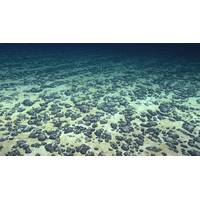
UN to Start Taking Deep-sea Mining Applications This July
standards for the new and controversial practice.Deep-sea mining would extract cobalt, copper, nickel, and manganese - key battery materials - from potato-sized rocks called "polymetallic nodules" on the ocean's floor at depths of 4 to 6 km (2.5 to 4 miles). They are abundant in the Clarion-Clipperton Zone (CCZ) in the North Pacific Ocean between Hawaii and Mexico.The ISA's governing council formulated a draft decision on Thursday after meeting in Jamaica that allows companies to file permit applications starting on July 9, a deadline set in motion by actions the island nation
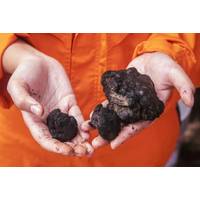
Norway's Loke Buys UK Deep-sea Mining Firm from Lockheed
Norway's Loke Marine Minerals has acquired deep-sea mining firm UK Seabed Resources (UKSR) from Lockheed Martin, the companies said on Thursday.UKSR holds a 100% interest in two deep sea mineral licences in the Clarion-Clipperton Zone (CCZ) in the Pacific Ocean, and a 19.9% interest in the Ocean Mineral Singapore, licences issued by the International Seabed Authority (ISA)."We've got the approval from the UK government... Our ambition is to start extraction from 2030," Hans Olav Hide, Loke's chairman, told Reuters.Companies that also hold exploration licences for swathes of the
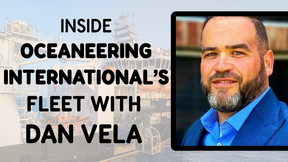
 August 2025
August 2025
